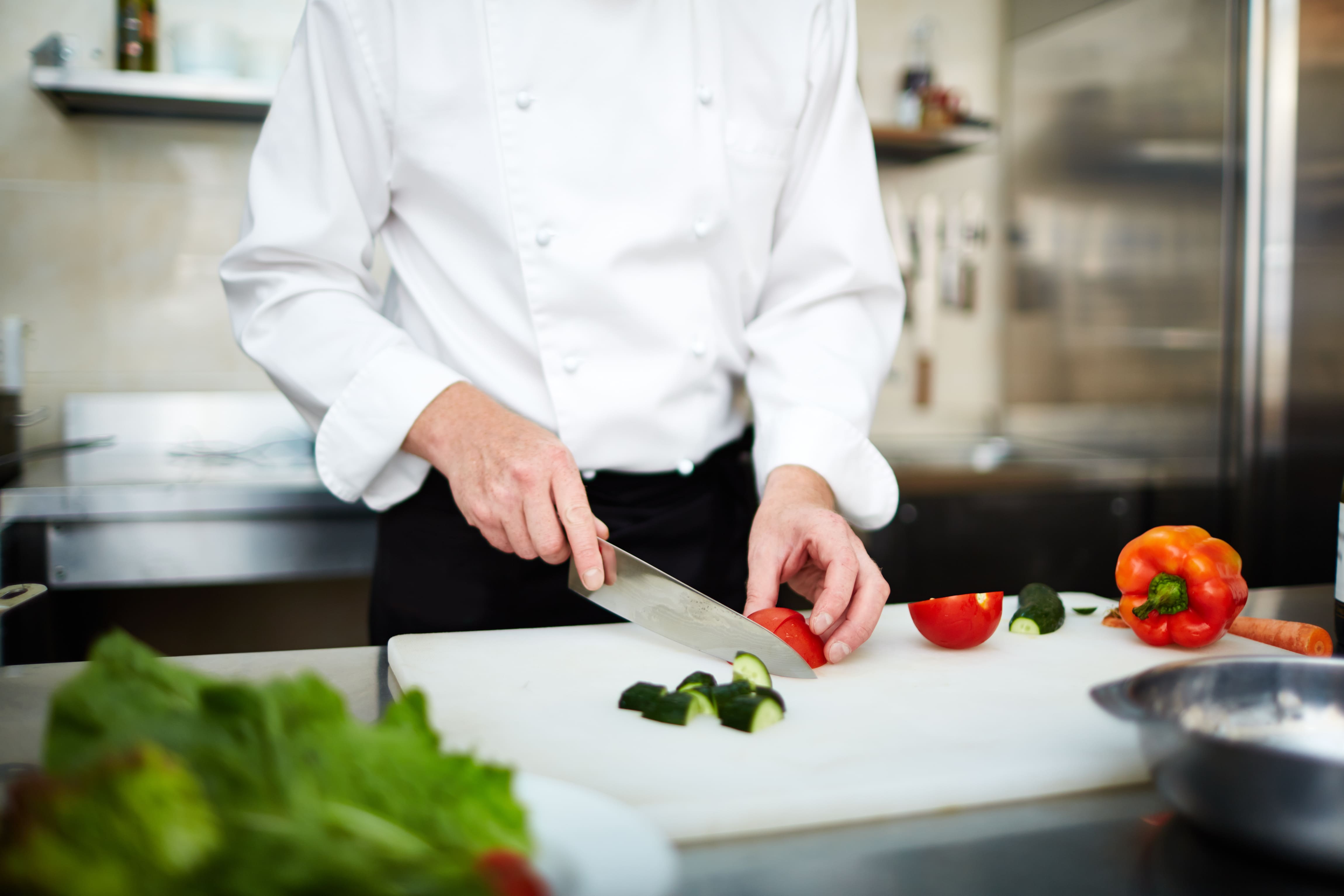How Kitchen Safety Is Linked to an Array of Colors
Unlike transportation experts, the professionals at a marine catering company cannot install a series of signs at points where the paths of various kitchen workers are bound to intersect. Still, those in charge of an on-board kitchen do want to create and maintain a suitable level of safety. Their desire to achieve that goal pushes some maritime catering companies to invest in color coded cutting boards.
Basic characteristics of all color-coded boards
The manufacturer’s ability to alter the hue of various cutting boards derives from the nature of the materials used in each board. The surface on which different foods will get cut has been molded from a non-porous, high-density polyethylene material. Each board’s useful characteristics serve as proof of the presence of a synthetic material. Each board demonstrates the qualities that an expert in marine catering services find most beneficial. No such board will ever stain. Not a single one of them can absorb any juice that might cover the board’s surface. Neither will any of them absorb bacteria or some unwanted odor. The board’s surface helps to keep a cut item from sliding. It also hides any knife marks, while failing to dull any knife that touches it. As stated, the synthetic material can be dyed various colors. That gives it yet another property that is respected by professionals in a marine catering company. Utilization of color-coded boards can minimize the chances that any cut food stands at risk for suffering the consequences of cross contamination.
What is cross contamination?
Cross-contamination results from the transfer of unseen microorganisms. Both raw meat and unwashed produce can contain either bacteria or viruses. If a member of the kitchen staff fails to wash his or her hands after cutting a food that contains some microorganisms, then those same microbes can get transferred to any other food that the same staff member touches. The surface on which poultry has been cut should not be used for cutting fresh vegetables, unless it has been cleaned thoroughly. By using a specific color for each task, you can keep meat, fish, poultry, dairy and vegetable handling separate. Members of the kitchen staff should learn the nature of the food that gets placed on a board of a certain hue.
Meaning of different colors on boards
As a general rule, poultry gets cut on yellow boards; dairy products get handled on a white surface. The cutting of meat should be done on a red board; the cutting of fish on a tan one. Working with an expert from a marine catering company, an on-board chef can decide on how blue boards should be used. Some references suggest that a blue surface be used with cooked food. Yet that practice fails to take into account the need to keep separate allergy-free foods, so that no allergen accidentally touches the surface of those allergy-free items. Experts in marine catering companies ought to make note of the availability of color-coded cutting boards. Their presence in a kitchen reduces the chances for cross contamination. In addition, each board can be customized, so that it helps eliminate annoying problems
Ways to customize color-coded boards
Grooves can make a great addition to a cutting surface. The grooves catch any juices released by a cut piece of meat, poultry or produce. The juice travels into the groove, and does not spill onto the area where the board is resting. Sometimes a board’s shape and or dimensions make it hard for anyone to fit that same tool onto a certain area of the countertop. In that case it might be good to have indentations or holes placed in a customized board. Alternatively, pins can be placed on the work surface, thus ensuring any board’s ability to stay in place, while used on the same surface.

